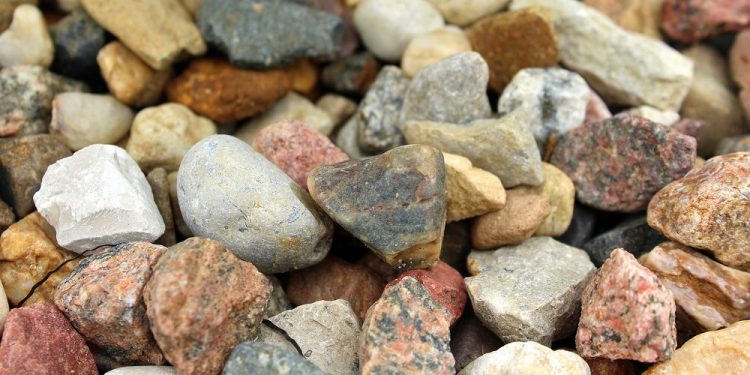
Old Rock Day
We live on a planet that’s approximately 4.54 billion years old. That’s pretty old. Over the course of all that time, rocks in the Earth’s crust have been changing, and plants and animals have become fossilized for us to discover later. With all that history and drama right underneath our feet, it’s a good time for people to consider observing Old Rock Day. This holiday falls on January 7th annually and encourages everyone to learn a little bit more about this old rock that we live on.
The History Of Old Rock Day
Unfortunately, at this time, we have been unable to uncover the history of Old Rock Day. We simply have no idea who started it or when it was started. So, instead of going on about the history of this holiday, we’re going to shift gears and instead talk about some of the facts that we have learned about the Earth. Sounds fun, doesn’t it?
Some Fun Facts About The Earth
As we pored over the Internet looking for the history of this holiday, we came across some very fun facts about the Earth. Facts that we think will complement this holiday quite well. So, let’s take a quick look at these facts.
- The Earth might not be flat, but it’s not completely round either.
- Melting glaciers are causing the middle of the planet to expand.
- Earth’s diameter from North to South is 7,900 miles.
- When Earth formed 4.6 billion years ago, its day was 6 hours long.
- About 620 million years ago, the Earth had a 21.9-hour day.
- Nowadays, the Earth has a 24-hour day.
- About 600-800 million years ago, the planet went through extreme changes in climate known as the ice ages.
- During the last interglacial period, the Earth’s seas were actually up to 23 feet higher than they are now.
- The most recent advance of ice on Earth started about 70,000 years ago and ended 11,500 years ago.
- It’s believed that Earth is the only planet in the solar system that has plate tectonics.
- Earth is made of 32% iron, 30% oxygen, 15% silicon, and 13.9% magnesium.
- Approximately 70% of the Earth’s surface is covered in water.
- The Earth rotates once completely on its axis every 23 hours, 56 minutes, and 4 seconds.
- The types of sedimentary rock are limestone, chalk, shale, and sandstone.
- Humans have used the Earth’s rocks for millions of years.
Observing Old Rock Day
Anyone looking to observe this holiday can do so by looking for old fossils in their yard, learning more about rocks, or by learning more about the Earth. People can also share photos of cool rocks they find on their social media accounts using the hashtag #OldRockDay. Regardless of how it’s celebrated, one thing is for certain: it’s a day for rocking and rolling!








